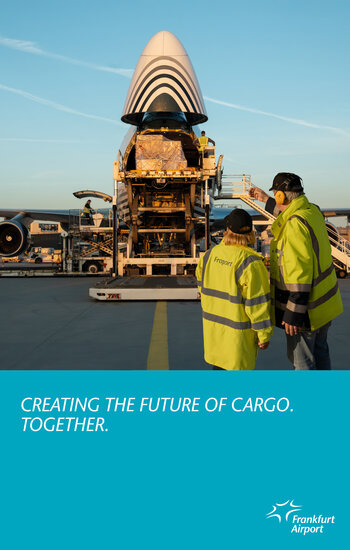… although rather modestly. Latest figures from the Latin American and Caribbean Air Transport Association (ALTA) evidence a slight growth of air freight volumes in most Latin American sub-markets. However, the tariffs announced by Trump are having a dampening effect particularly on exports to the United States, hurting some markets more than others.
In Brazil, Latin America’s largest air freight market by far, ahead of Colombia and Mexico, the volume of freight handled in JUL25 grew by only 0.8% compared to the previous year. In figures: around 75,000 tons were loaded or unloaded at Brazilian airports that month.
Trade with Europe, that accounts for roughly 35% of Brazil’s total international air cargo, expanded by 0.6% over the same month, with Spain registering the strongest growth (+26%). This was largely driven by imports into Brazil, which surged 47% year-on-year. Among the most dynamic import categories from Spain were iron and steel products (+68%), organic chemicals (+175%), plastics (+414%), and pharmaceuticals (+93%), reports ALTA in its market analysis.

Colombia…
…showed a relatively steady performance, with air cargo volumes up 0.5% year-on-year in JUL25. The bi-directional corridor with the United States, the largest in the region, contracted by 2.3% year-on-year: exports from Colombia to the United States dropped by 9.1%, while imports from the United States grew 15.1% but with a significant imbalance between the volume of imports from and exports to the United States. Within exports, the steepest drops were observed in fresh-cut flowers for bouquets and ornaments (–24%) and fresh or chilled tilapia (–53%), resulting mainly from new tariffs imposed by Washington.
Mexico
The region’s third-largest air cargo market handled 56.7 thousand tons in JUL25, a 1.2% year-on-year increase. Air trade with the United States rose by 8.3% year-on-year, with inbound flows from the United States to Mexico (+12.2%) showing greater momentum than outbound flows from Mexico to the United States (+3.4%).
All in all, air cargo traffic to and from Latin America and the Caribbean, measured in metric tons carried, rose by 2.2% in JUL25 compared to the same month in 2024. International cargo accounted for roughly 85% of the total volume moved during that month.
Seeking new markets
Peter Cerdá, ALTA’s CEO, commented on the figures with some relief, as Washington’s tariff effects have only caused manageable slowdowns. “July results confirm that air cargo in Latin America and the Caribbean continues to grow, although at a slower pace than in previous months. Tariff-related uncertainty remains a key factor in the months ahead, underscoring the importance of maintaining stable conditions that enable airlines in the region to fully capture global demand,” said the official.
In this regard, Brazil, Mexico, and other Latin American countries are increasingly looking for new markets. These are primarily Europe and China/the APAC region. Martin Drew, Chief Strategy and Transformation Officer at Atlas Air, announced at the recent Caspian Air Cargo Summit on 23SEP25 in Baku, Azerbaijan, that his company will operate a B747-400 freighter between China and Lima, Peru, for the first time, offering the market three frequencies a week. Prior to that decision, the United States capacity provider had already reached agreements with Cainiao and LATAM Cargo on joint e-commerce shipments between China and several destinations in South America.
Secondary markets report mixed results
Argentina and Panama which together account for around 10% of the region’s total air cargo volume, posted the largest year-on-year increases in JUL25, with Argentina’s volumes up 18.2%, surpassed by Panama’s 21%.
This trend is contrasted by Chile, where international air cargo contracted by 8.4% year-on-year, with flows to the United States marking their seventh consecutive monthly decline (–10.5% year-on-year in JUL25). Further north, Peru recorded a 13% year-on-year increase, boosted by higher volumes from Colombia (+32%) and Panama (+96%). Ecuador remained virtually unchanged compared to JUL24, posting a marginal gain of 0.03% year-on-year.
Costa Rica, the region’s second-largest market after Panama, posted a 27.4% year-on-year increase in JUL25, handling a total of 9,847 tons. El Salvador also grew, with volumes up 8.3% year-on-year to 3,500 tons.
Stable capacity provision
In JUL25, cargo aircraft capacity to and from Latin American/Caribbean increased slightly compared to JUN25, with just over 887 million ton-kilometers (+0.3% year-on-year). B747Fs accounted for 37.1% of this capacity, while B767-P2Fs recorded the largest year-on-year increase (+64.3%), mainly due to LATAM Cargo’s decision to expand its fleet with additional B767 freighter aircraft. Currently, the carrier operates a uniform freighter fleet of 19 B763F.




